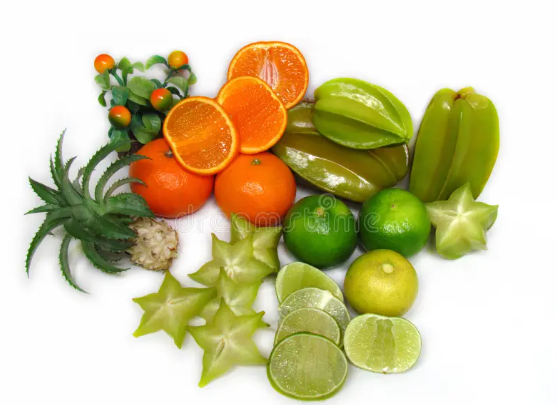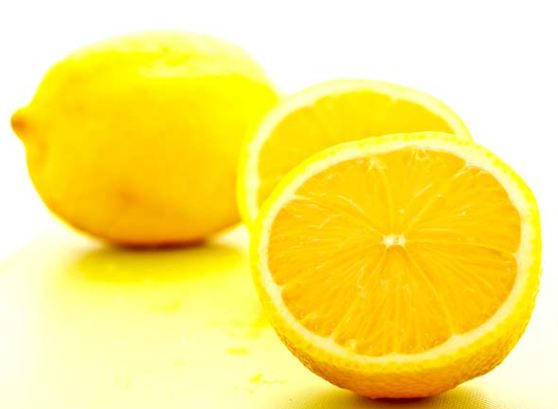The Sourest Fruit: Exploring the Tangiest Flavors
When it comes to fruits, there are a variety of flavors to enjoy, ranging from sweet and juicy to tangy and sour. In this article, we will dive into the world of sour fruits and discover which fruit takes the crown as the sourest of them all.
1. Understanding Sourness in Fruits:
Sourness in fruits is primarily attributed to the presence of acids.
Fruits that have higher acid content tend to exhibit a more pronounced sour taste.
The level of acidity can vary from fruit to fruit, giving each its unique tangy flavor.

Some fruits sour
2. The pH Scale and Sourness:
The pH scale is used to measure the acidity or alkalinity of a substance.
Fruits with lower pH values are considered more acidic and often possess a sour taste. Exploring the pH values of different fruits can provide insights into their relative sourness.
3. The Supremacy of Citrus Fruits:
When it comes to sour fruits, citrus fruits reign supreme. Varieties such as lemons, limes, and grapefruits are known for their sharp, tangy flavors. These fruits are highly acidic and are commonly used in culinary applications to add a sour punch to dishes and beverages.
4. The Zing of Sour Cherries:
Sour cherries are another popular fruit that boasts a delightful tartness. These cherries are lower in sugar and higher in acidity compared to their sweet counterparts. Their tangy flavor makes them a favorite in desserts, jams, and pies.
5. The Boldness of Gooseberries:
Gooseberries are small, translucent fruits that pack a sour punch. They are rich in vitamin C and contain a good amount of tartaric acid, which contributes to their tangy flavor. Gooseberries are used in various culinary creations, including jams, chutneys, and sauces.
6. The Citric Tang of Tamarind:
Tamarind is a tropical fruit known for its distinctive sweet and sour taste. Its pulp is used extensively in cooking to add a tangy flavor to savory dishes, sauces, and beverages. Tamarind's sourness comes from its high content of tartaric and citric acids.
7. The Pungency of Sour Grapes:
Sour grapes, as the name suggests, are grapes that possess a sour taste. These grapes are less sweet and more acidic compared to table grapes. They are commonly used in winemaking, vinegar production, and as a sour ingredient in various dishes.
8. Sourness in Unripe Fruits:
It's worth noting that some fruits may taste sour when unripe due to higher acid content. For example, unripe mangoes, green apples, and unripe pineapples are known for their sour flavors. As these fruits ripen, their sweetness increases while the sourness diminishes.

Lemon fruit
While many fruits offer a range of flavors, sour fruits bring a unique and tangy experience to our taste buds. From citrus fruits like lemons and limes to sour cherries and tamarind, each fruit has its own level of sourness. Whether you enjoy the zing of citrus or the boldness of sour cherries, sour fruits add a delightful twist to culinary creations and satisfy those with a penchant for tangy flavors.